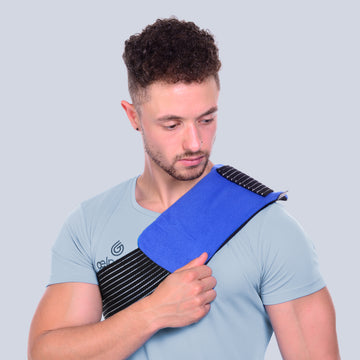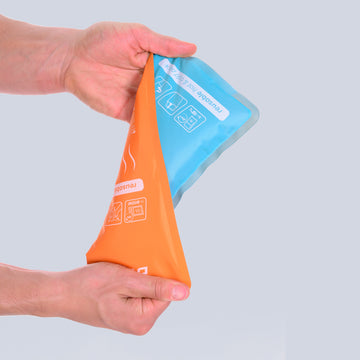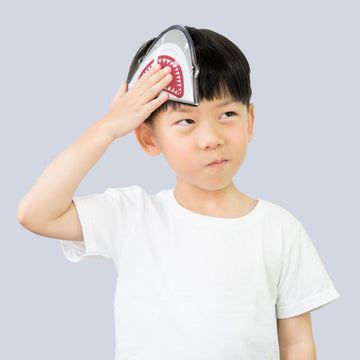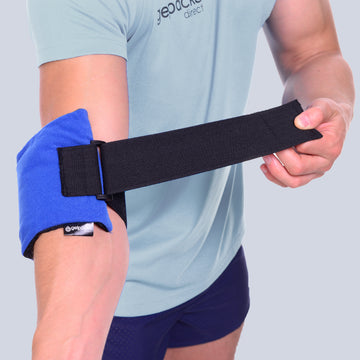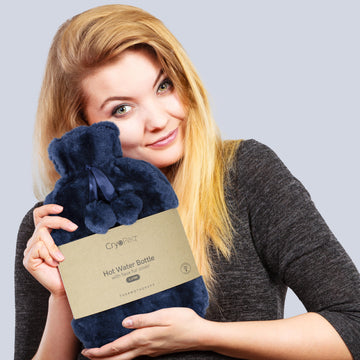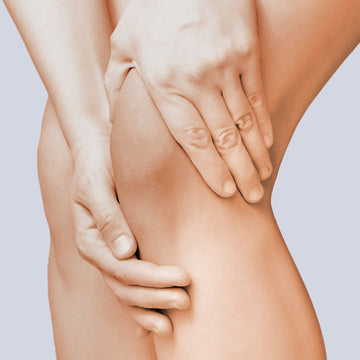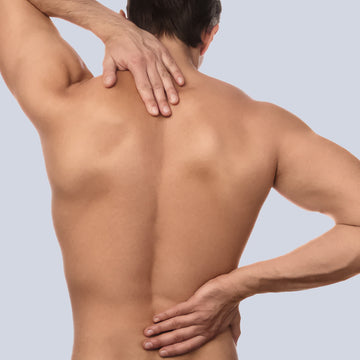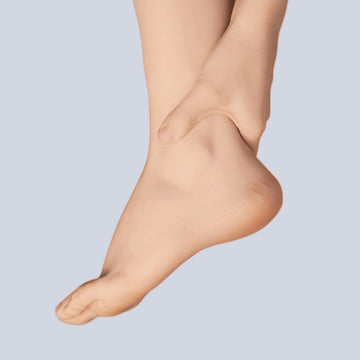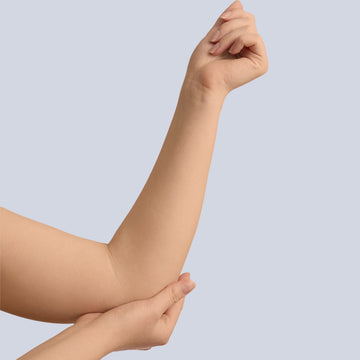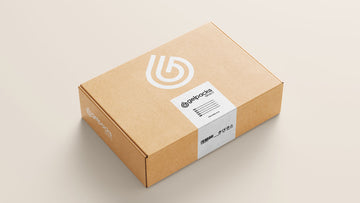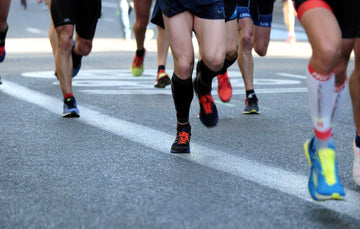Posted by Tia Patel | AUG-05-2020
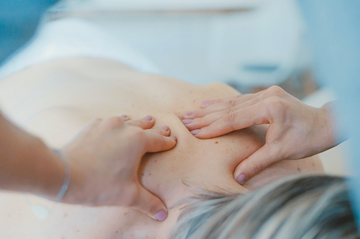
What a pain in the back
Whilst working from home definitely has its perks - no more road rage from being caught in traffic and extra time to exercise - all that sitting in the same position has created some new concerns.
That wander round the office you used to take when your boss’s back was turned, actually did you some good! Our current situation leaves us sitting for hours, debating whether or not to go to the kitchen, eventually giving in, opening the fridge door expecting to see some new food magically appear!
In 2014, a study investigating the Global Burden of Disease found that back pain was the leading cause of disability worldwide affecting 1 in 10 people increasing with age. With social distancing measures leading many of us to be indefinitely working from home, it’s important that we understand why back pain occurs and what measures we should take to protect and strengthen our backs.
Causes of back pain
The most common cause of back pain is posture. While it’s a natural tendency to want to rest our backs by sitting rather than standing, in many cases it’s sitting in a poor position that’s contributing to the problem.
You’ve heard of flattening the curve…...now we should be maintaining the curve!
Sitting in a slouched or hunched over position can put strain on the discs — the fluid-filled cushions that protect the vertebrae from rubbing together. Many people experience pain in their necks and upper backs as a result of craning forward while sitting to look at a computer monitor or phone display. Even your favourite leisure activities, like sprawling out on the sofa for a netflix binge, can easily throw your back out of alignment.
This then leads to a feeling of uncomfortable stiffness when you do finally move and stand up creating problems of its own in the form of muscle strain as well as exacerbating existing problems including sciatica and spinal stenosis.
Home remedies
Change your position. If you sit up perfectly straight, you’ll feel the small of your back stretch and lengthen. Place your hand behind the small of your back and you will feel a curve. Our seated posture is about maintaining the curve by positioning your body along an imaginary straight line extending the length of your back, out of your head, and up to the ceiling. Keep your shoulders level and don’t let your pelvis rotate forward.
You can also make adjustments to your home office set up. This includes having an adjustable chair so you can change the height, back position and tilt to reduce the strain on your back. You should sit with your knees slightly lower than your hips with your feet flat on the floor. Consider using a footrest if you are unable to sit with your feet comfortably on the ground.
Consider a standing desk or one that’s ergonomically designed to help you maintain good posture by allowing you to adjust the height of your monitor so you’re not craning your neck, which can be uncomfortable.
Strength and condition. Your core muscles include the ones on your sides and in your back, hips, abdomen, and buttocks. If these are weak, they may not be supporting your spine well enough, leading to pain. Stretching and aerobic exercise can go a long way toward helping strengthen your core. This should lessen your discomfort by reducing the degree of strain on your back.
You may also consider yoga which is known for its ability to stretch and strengthen the body. Many programs allow for modification of the poses as needed. Why not give our FREE yoga for runners session a go and read our how to be a yogi blog to learn some basic poses to strengthen and maintain the core and back muscles. https://gelpacksdirect.co.uk/blogs/news/yoga-for-runners
Apply ice. For acute back injuries, use a cold gel pack to help reduce inflammation that may be affecting your back. Leave the ice pack on for about 20 minutes, and then remove it. You can do this every hour or so.
Use a heating pad. After any inflammation is under control (about 24 hours or so), many people find heat soothing. It also promotes healing by bringing blood to your back.
Dynamik Products Hot/Cold Clay Pack with Neoprene Wrap for Lower Back and Abdominal Pain Relief
Use a support. Placing a rolled-up towel or special lumbar pillow at the base of your spine while sitting which will help you remember to sit up straight and provide you with some stability.
Get a massage. Whilst it might be difficult at this current time to book an appointment with a masseuse, having a back massage can help loosen and relax tight muscles in the back. It's important to note that back massages should be performed by a trained professional to ensure that you don’t cause more harm.
Natural Therapies. In Ayurvedic practices, turmeric is used to relieve back pain with the antioxidants inside reducing inflammation associated with pain.
Exercises and stretches
Here are our top three desk stretches which can be done at your computer and three floor exercises performed by our social media assistant Tia, to strengthen and tone the back muscles and spine.
1. Seated spinal rotation
- While seated, cross your arms over your chest.
- Grab your shoulders.
- Rotate your upper body from the waist, turning gently from left to right as far as it feels comfortable.
- You should feel tension on both sides of your lower back as it stretches out.
2. Shoulder shrugs
- Gently lift your shoulders.
- Let them slowly fall.
- You should feel tension being released as your shoulders drop.
3. Neck rotations
- Keep your head upright.
- Gently turn your head from side to side.
- As you turn your head, try to move it past your shoulder.
- You should feel the muscles on the outside of your neck gradually stretching.
3. The plank
- Get into pushup position with your forearms on the ground.
- Keeping your elbows in line with your shoulders, push up onto your forearms and toes, keeping your back straight and your elbows on the ground.
- Hold for a few seconds, and then lower yourself to the floor.
4. The bird dog
- Get on your hands and knees, keeping your back straight.
- Extend one leg and the opposite arm straight out.
- Hold for five seconds, and then rest.
- Alternate with the other leg and arm.
5. The arch
- Lie on your back with your arms by your sides
- Gradually lift your hips using your back, buttocks, and abdominal muscles
- Hold for five seconds, and then relax
So why not stand up and take that walk to the fridge? Turns out, it could be beneficial after all!
Stay alert!
#TeamGPD
